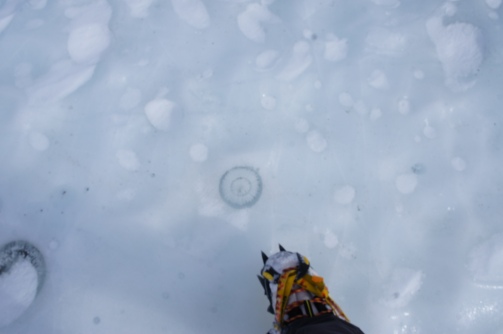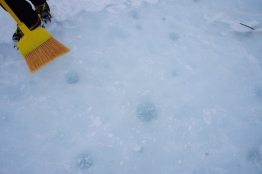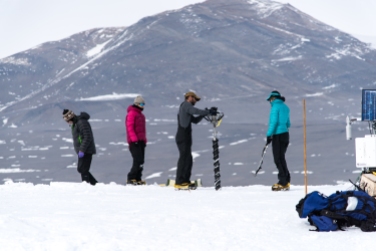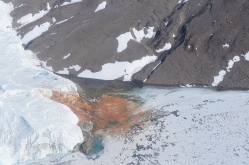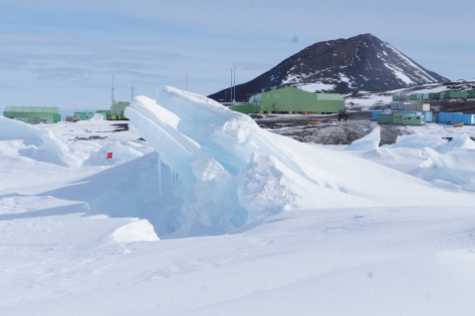It’s been two weeks since I returned from the ice, and I am still trying to get over a combination of jet lag, altitude, and flu. So I apologize if you are one of the many people to whom I owe an email response!
This was the second season of the cryoconite hole research project, in which we use mud puddles on glaciers as natural test tubes to study how ecosystems develop, and what determines their biodiversity and functioning. Here are some examples of cryoconite holes:
During our first season, we sampled cryoconite holes from three glaciers to better understand what lives in them, and what spatial patterns of biodiversity exist.
During this second season, our goal was more ambitious: to set up our own cryoconites, where we knew the starting mix of the ecosystem and could watch it evolve. Here is a montage of a few steps in that process:
You can learn more about the project, and check out our near-daily blog posts during the two-and-a-half-month season, at cryoholes.wordpress.com.
The short version of our season:
Over Thanksgiving weekend of 2017, most of our field team flew from Boulder or Portland to New Zealand, where we were issued cold weather gear and boarded a Royal New Zealand Air Force C-130 for the 8+ hour flight to Antarctica in fairly close quarters (and you thought commercial coach was bad!).
Once on the ice, we prepared the sediments gathered from our field site to create our own cryoconite holes, and flew out to our field camp next to the glacier we work on.
Once in the field camp, we discovered the rumors were true: this was an abnormally snowy year in the McMurdo Dry Valleys. Our experiment depended on having snow-free blue ice (which is pretty normal for summer there), so we took brooms and swept an area 500 square meters free of snow. Then it snowed again, so we swept again. And continued to repeat until we caught a break in the weather and set up our cryoconite holes.
Our little holes melted into the ice as planned, although for a shorter period than we hoped before it snowed again and they froze up. The critters were done growing for the season, so we collected samples from some and left the rest for next year. (The following photos are by Brendan Hodge.)
Back in McMurdo, we extracted DNA and chlorophyll from hundreds of samples, and shipped the remainders back to Colorado so we can repeat tests or do additional testing if necessary.
Along the way, our team explored breathtaking ice formations, mountain peaks, mosses, animals, McMurdo’s karaoke night, and more.

